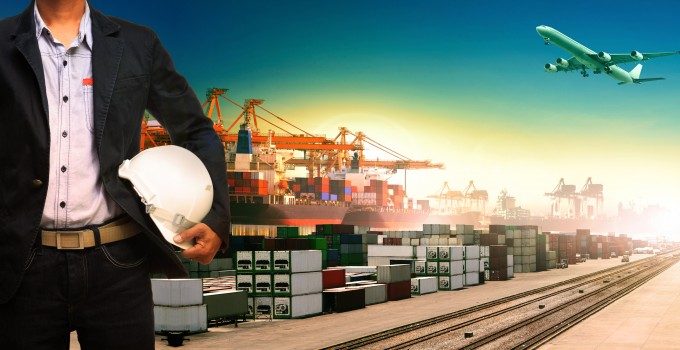Neoline blows in as 'a different type of shipowner and operator'
It is becoming possible for some ships to save a portion of their emissions by ...

A new study claims that containerships built in 2013 were, on average, 8% less fuel-efficient than those delivered in 1990, while cars and aircraft had shown significant improvements in the same period.
The study, commissioned by Brussels-based Seas At Risk environmental lobby group, challenges the claims ...
Four crew members still missing as Wan Hai 503 continues to burn
Explosions and 'out-of-control' fire reported on Wan Hai box ship
Predatory rivals circle as the ripples from DSV's Schenker buy widen
MSC Elsa crew face criminal probe, as Wan Hai 503 firefighters battle on
'It's driving us mad', say forwarders as US court fails to end tariff turmoil
Transpacific rates ease as capacity boost proves too much for trades to digest
European port congestion easing – for now
CMA CGM 'testing the water' of the Suez Canal for more services
Flexport: Sanne Manders talks profitability, fire-sales and Dave Clark
More legal trouble in India for MSC: feeder vessel detained after box ship disasters
DSV insiders hit back at Kuehne & DHL GF – got a 'pro integration' going
Latest Israeli attack on Iran a threat to box ships in Straits of Hormuz

Comment on this article
David Hoppin
April 16, 2015 at 3:24 pmAm confused. Does the study really argue that today’s containerships are less fuel-efficient than those built 25 years ago simply because larger vessels burn more fuel per km. than the smaller ones built in 1990? Seem focus should be on fuel per TEU-km — and by that standard, I thought today’s “fat ladies” were much more efficient than 1990-vintage vessels.
Mike Wackett
April 17, 2015 at 7:59 amI am somewhat sceptical also David.
However, it is all shown here in the calculations made by the consultants:
http://www.transportenvironment.org/sites/te/files/publications/CE_Delft_7E50_Historical_trends_in_ship_design_efficiency_DEF.pdf
But if you can understand the methodology you are a better man than me!
Seas At Risk are obviously using the conclusions to pile pressure on the IMO to ramp up the EEDI level.
David Hoppin
April 17, 2015 at 9:28 pmThanks for forwarding a link to the study, Mike. Chart 4 appears to confirm that fuel efficiency per ton-nm has improved steadily, but evidently that’s not good enough for the authors. Not clear to a layman like me exactly what the EEDI/EVI metrics mean, nor why it’s more appropriate for focus on those metrics rather than fuel/ton-nm. Also need a clear and concise “elevator pitch” about why we need to impose stricter regulatory requirements — i.e., clear evidence that market forces (historically high energy costs and razor-thin profit margins) aren’t sufficient to cause the ocean industry to get optimal fuel-efficiency. By the way: “optimal” doesn’t necessarily mean “maximum”, since the things required to maximize port-to-port fuel efficiency would impose other economic costs (e.g., longer and less predictable door-to-door transit times for ocean containers due to need to fill large ships operating less-frequent schedules.)
Mike Wackett
April 20, 2015 at 3:46 pmI see that the International Chamber of Shipping has responded to the bad PR to say that Seas At Risk has used the findings of CE Delft “very selectively” and that moreover the study’s results are “skewed”.
“Modern ships are designed for optimal efficiency which requires far less fuel to be consumed,” said the ICS.